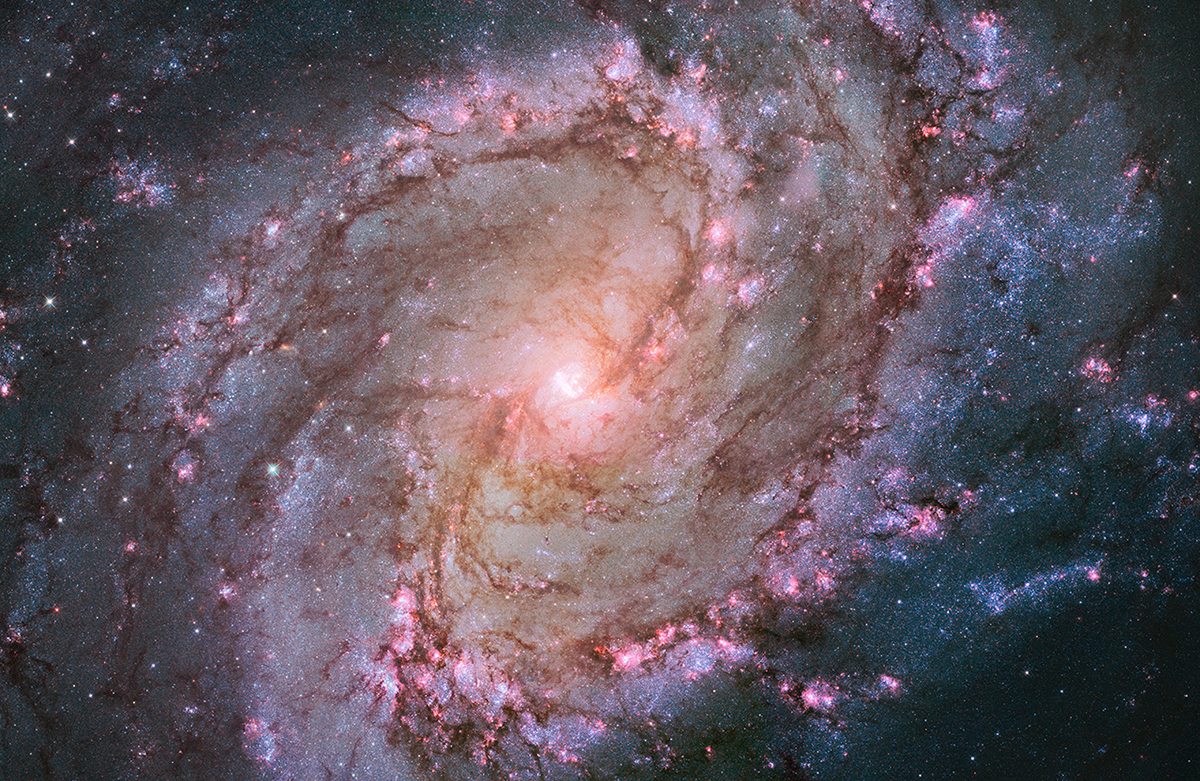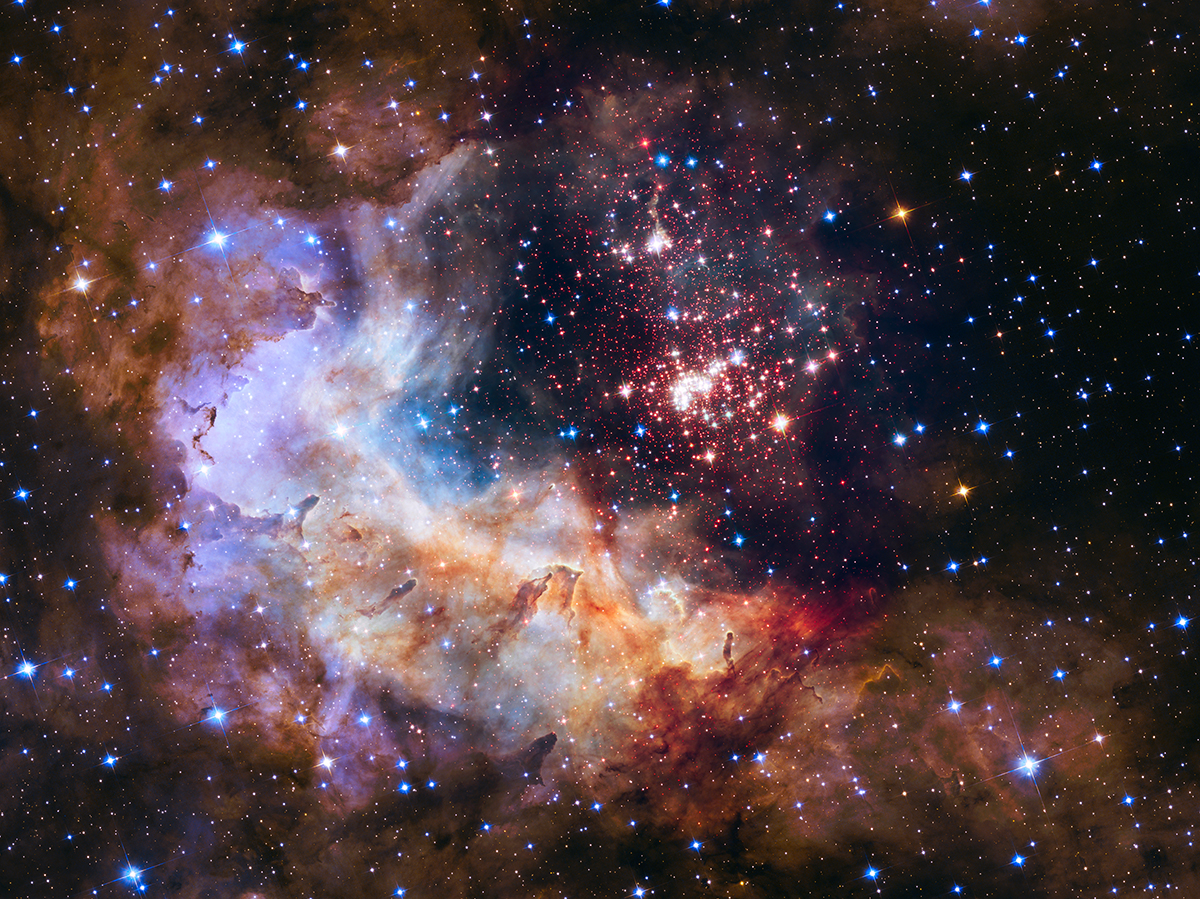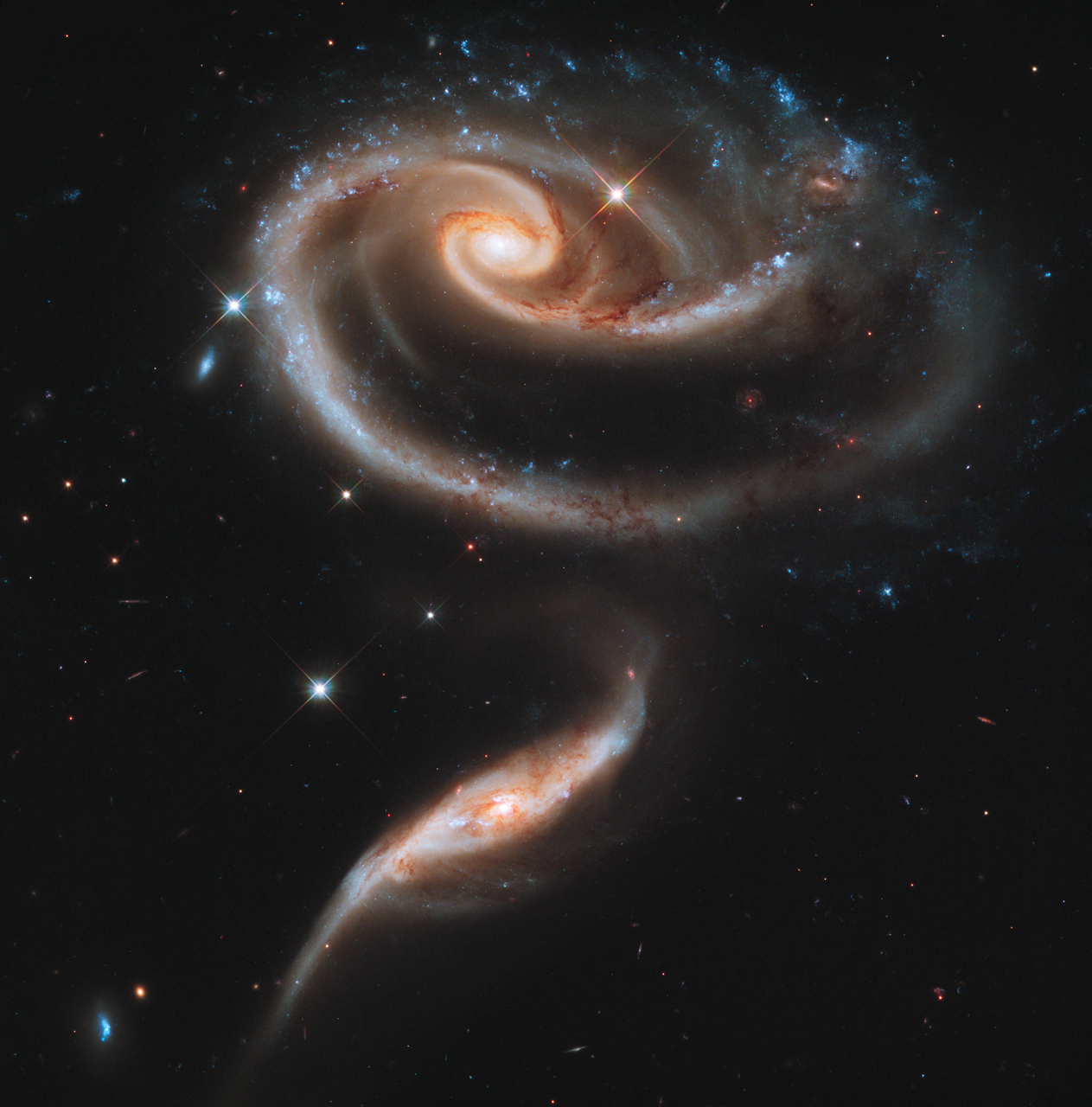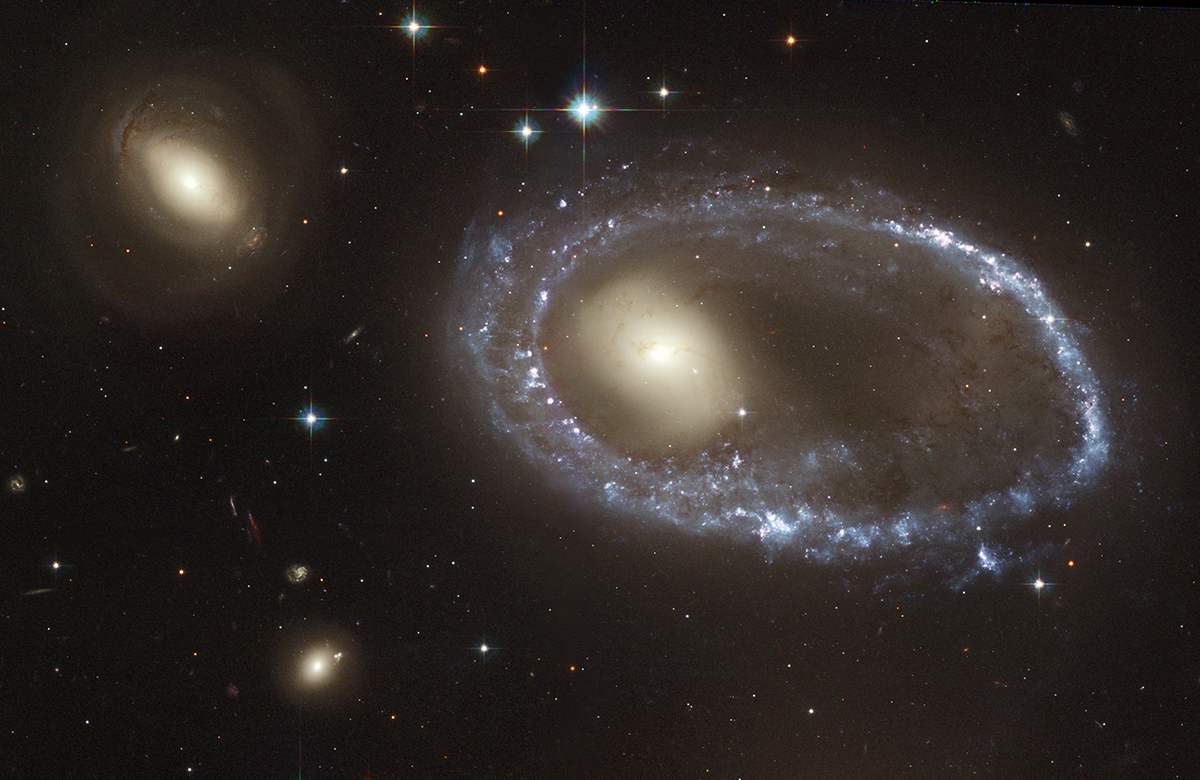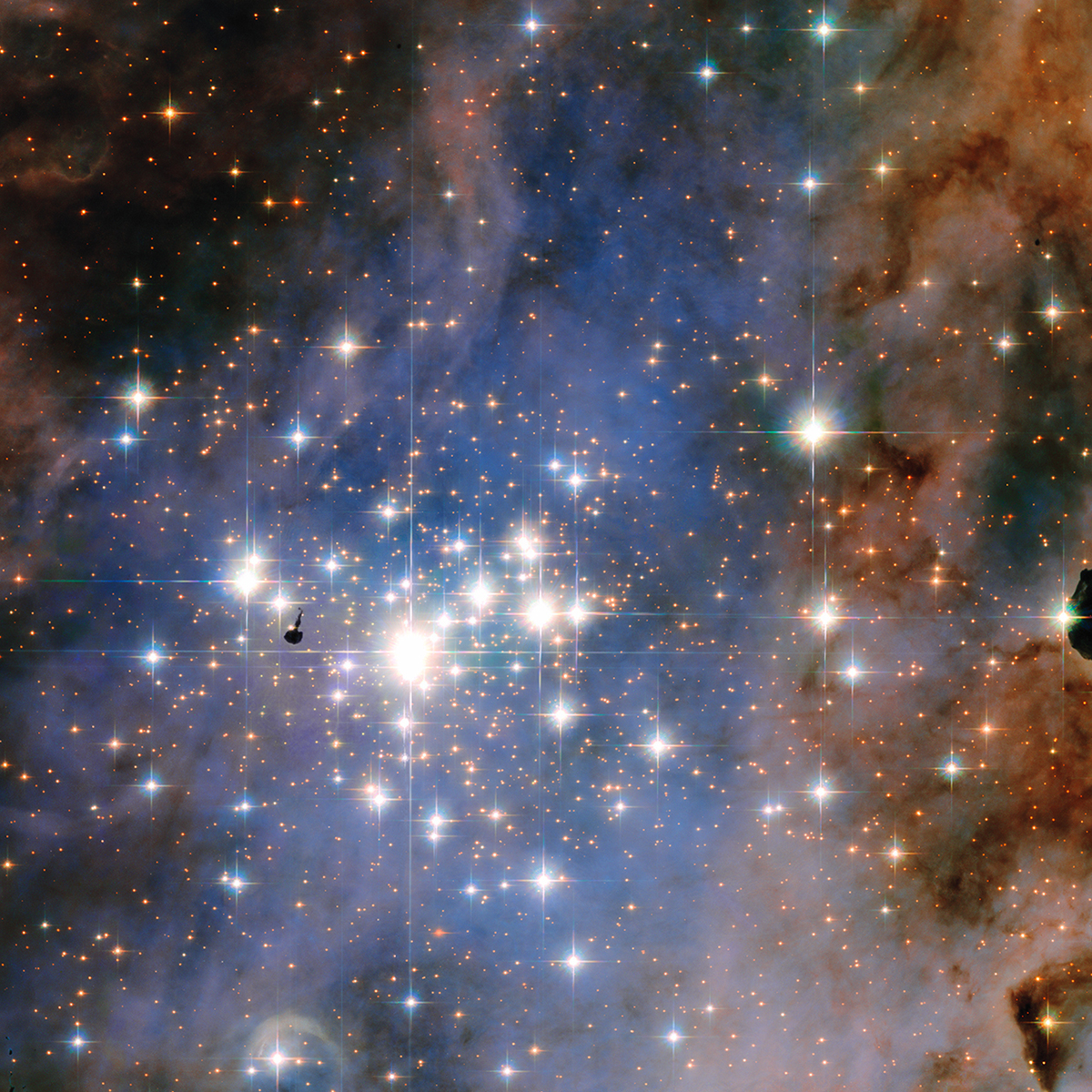
On July 29 in 2006
Star Cluster Trumpler 14
Called Trumpler 14, this cluster of stars is located 8,000 light-years away in a huge star-forming region known as the Carina Nebula. The cluster is only 500,000 years old and has one of the highest concentrations of bright, massive stars in the entire Milky Way.
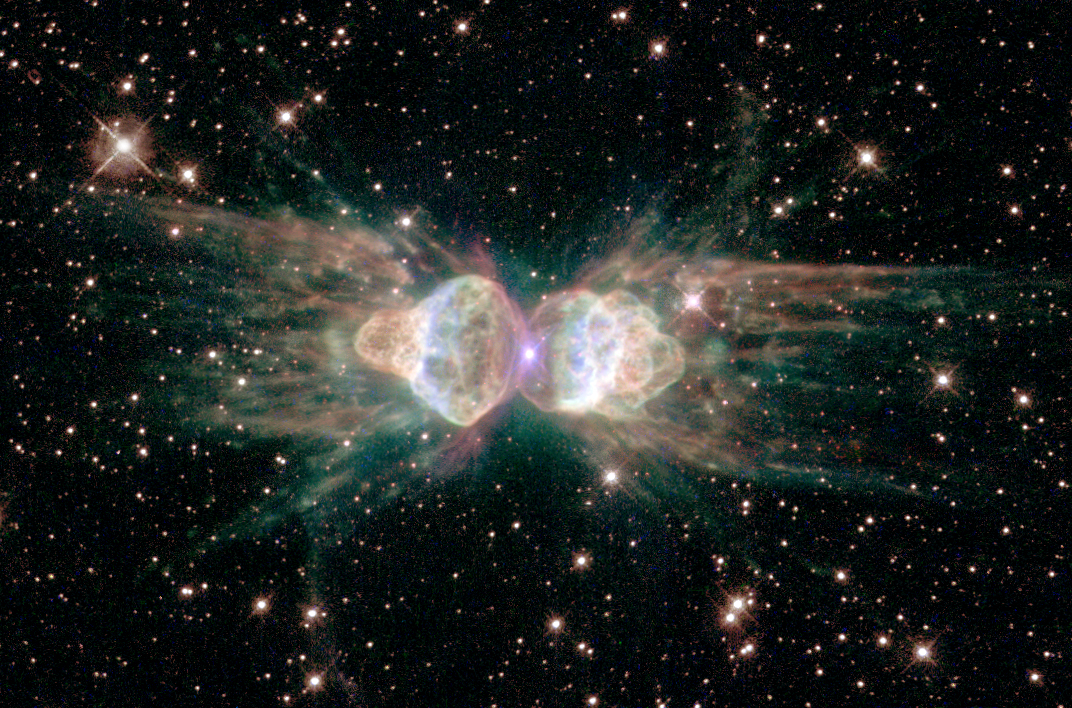
On July 20 in 1997
Ant Nebula
The Ant Nebula displays intriguing symmetrical patterns in the lobes of gas being ejected from a dying Sun-like star at its center.
Hilo para hackear a la mitad de mediavida probando fechas de nacimiento en contraseñas y tarjetas de crédito. . Bromas aparte muy bonitas las fotos
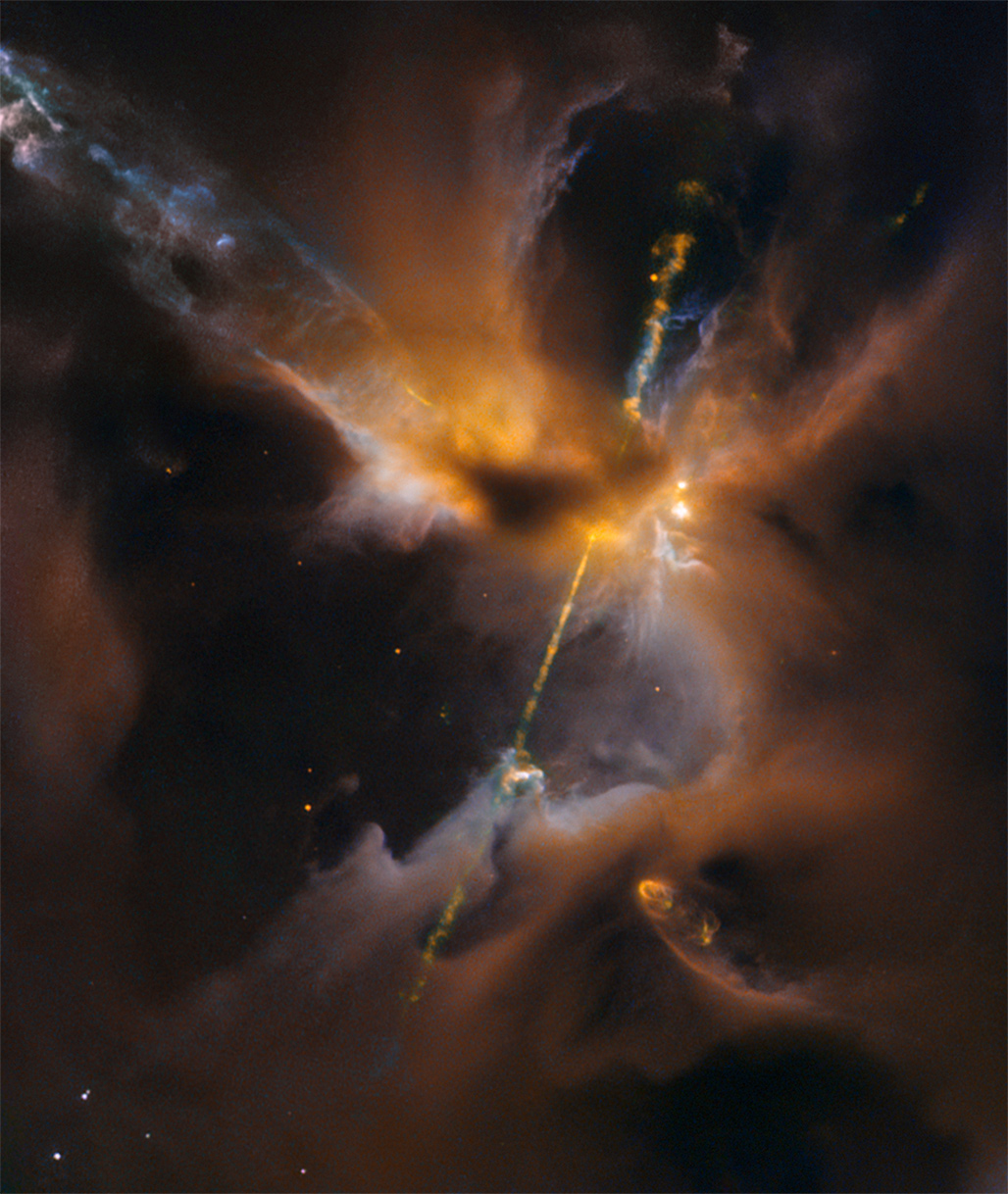
On February 18 in 2014
Herbig-Haro 24
A partially obscured, newborn star near the center of this image is shooting twin jets into the surrounding gas and dust. The shocks from the collision light up patches of nebulosity collectively called Herbig-Haro 24.
La verdad, es que me fascina y aterra este hilo a partes iguales.
Me fascina por lo inconmesurable que es el universo "conocido", y la belleza cósmica que hay en ello, ya que todo esto ya no es "natural", sino cósmico, universal, como lo queráis llamar. Es precioso, y como diriamos los ciudadanos de bien de determinada película, "Deseamos saber más, mucho más".
Pero a su vez me aterra por lo efímera que es la vida humana, incluso si llegasemos a vivir 150 años... es un movimiento de la aguja cósmica que representa una fracción de nada, un suspiro. Y como quiero saber más, mucho mucho más... no podremos. Nadie. Ni de los que han vivido por razones obvias, los que vivimos actualmente, y nadie que pudiese llegar a vivir jamás.
Por favor, que Azathoth nos devore a todos y al menos así, podremos sentir un atisbo de ese saber infinito.
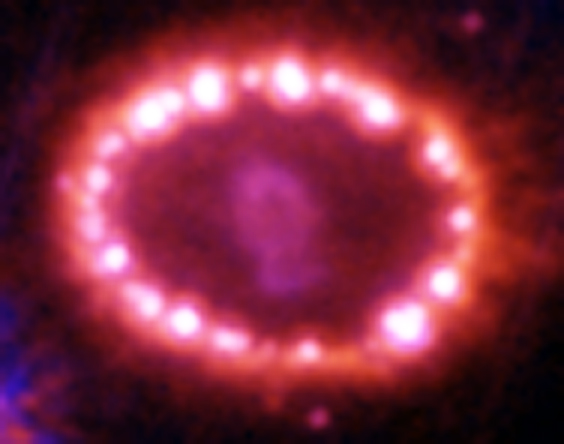
On November 28 in 2003
Supernova 1987A
Many bright spots glow along a ring of gas like pearls on a necklace. These cosmic "pearls" are produced as a shock wave from a supernova called SN 1987A slams into the gas ring at more than a million miles per hour. The collision heats the ring, causing it to glow.
#95 Noto que te levantaste algo existencialista hoy  . Ni se te ocurra esta noche fumarte un porro y ponerte a mirar el cielo.
. Ni se te ocurra esta noche fumarte un porro y ponerte a mirar el cielo.
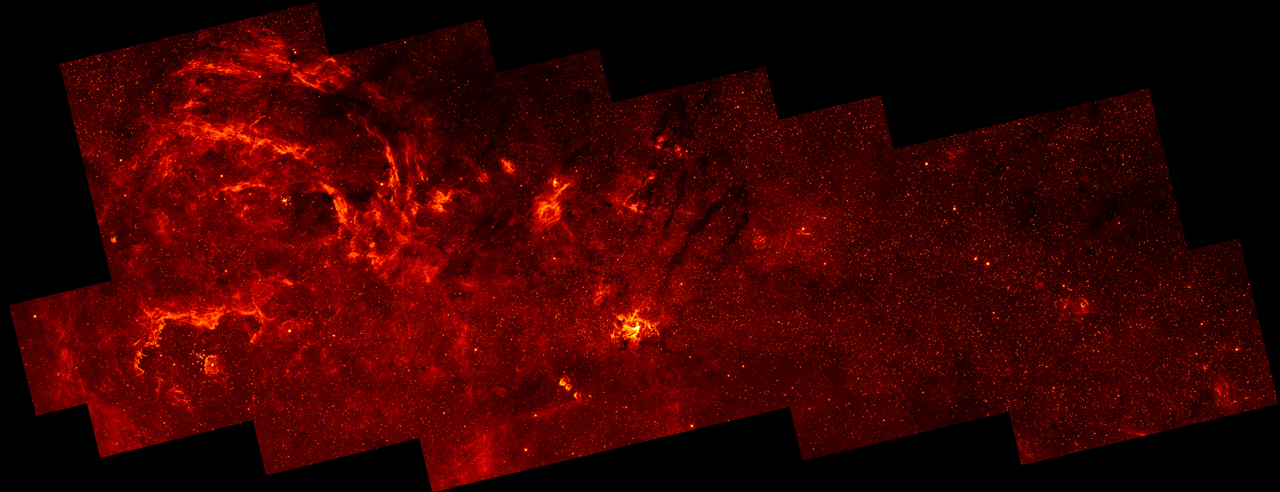
On April 26 in 2008
Galactic Center
This infrared image of the center of our Milky Way galaxy reveals a population of massive stars and complex structures in the hot ionized gas that swirls around the galactic core.
una galaxia rosita
On March 19 in 2009
Galaxy M83
This image of spiral galaxy M83 captures thousands of star clusters, hundreds of thousands of individual stars, and "ghosts" of dead stars called supernova remnants.
